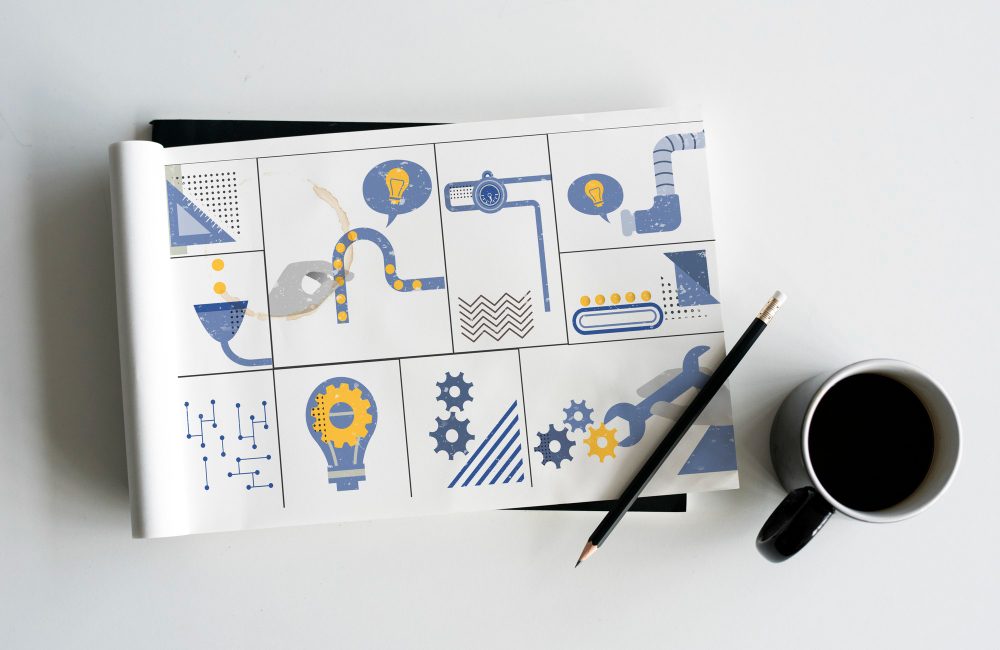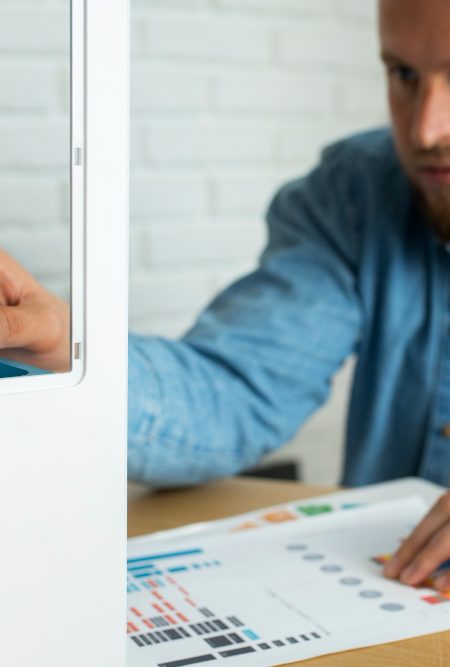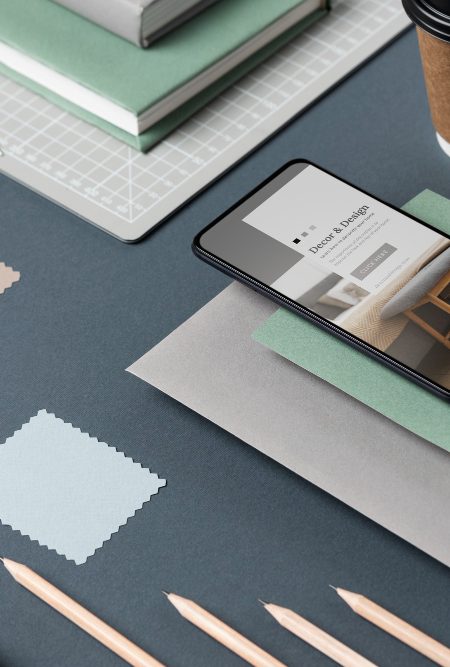The journey of a startup is almost always marked by uncertainty, limited resources, and a constant race against time. In this environment, traditional business planning and rigid execution strategies often fall short. Startups cannot afford to spend years perfecting products in isolation before discovering whether customers actually want them. Instead, what they need is an adaptive, human-centered approach that allows them to learn quickly, pivot intelligently, and consistently align with the people they seek to serve. This is where Design Thinking becomes indispensable.
At its core, Design Thinking emphasizes empathy, creativity, and experimentation. It is not just a methodology for product design; it is a mindset that helps startups deeply understand customer pain points and aspirations, then translate that understanding into meaningful solutions. Unlike conventional approaches driven purely by market data or financial models, Design Thinking insists on entering the customer’s world—listening, observing, and co-creating solutions with them. For a startup, this human-centeredness provides both focus and differentiation in crowded markets.
Moreover, adopting Design Thinking helps young ventures avoid one of the most dangerous pitfalls: building in a vacuum. Many startups fail not because the technology lacked sophistication, but because they developed something people did not truly need or value. By embedding empathy and rapid experimentation into their culture from the outset, startups create feedback loops that greatly reduce risk.
The landscape of consumer behavior and technological advancement is in constant flux. What is relevant today may lose appeal tomorrow due to a new digital trend, a global shift in preferences, or the rapid rise of an alternative solution. Instead of resisting this unpredictability, Design Thinking embraces it. The cyclical nature of prototyping, testing, and iterating allows ventures to remain agile while scaling, ensuring they stay tuned into their users and ahead of disruptive forces. In short, Design Thinking enables startups to transform uncertainty from a threat into an opportunity for innovation and resilience.
The true strength of Design Thinking lies in its versatility—it can be applied across product development, customer experience design, and even organizational culture. For startups, this broader application ensures that innovation is not restricted to a small team of designers or engineers, but becomes an embedded practice that permeates the entire company.
1. From Ideas to Real-World Validation
During the earliest stages, startups generate countless ideas for products or services. Without discipline, this creativity can scatter attention and waste resources. Design Thinking transforms ideation into a systematic process. Brainstorming sessions emphasize quantity and out-of-the-box thinking, but the subsequent prototyping and testing phases help filter ideas through real customer interactions. Instead of spending months perfecting an idea internally, startups can create lightweight prototypes—mockups, simple digital tools, or even role-playing scenarios—to validate assumptions in days. This approach ensures only the most promising solutions receive significant investment, saving both time and money.
2. Reducing Risk Through Fast Learning Cycles
Failure is often romanticized in startup culture, but repeated failures without structured learning are costly. Design Thinking reframes failure as feedback. Each iteration reveals insights about customer needs, usability, or market fit. This fast-learning model drastically reduces the chances of a catastrophic misalignment at launch. By testing early and often, startups essentially “fail small” and “win big,” gaining valuable lessons with minimal risk.
3. Enhancing Customer Experience at Every Touchpoint
Beyond product design, Design Thinking helps startups shape the overall customer journey. Every interaction—from onboarding to support—is an opportunity to deliver value and build trust. By mapping customer journeys, startups can identify pain points and deliberately design moments of delight. This builds stronger emotional connections with users, ensuring loyalty and advocacy in competitive landscapes where alternatives are readily available.
4. Building a Culture of Collaboration and Openness
Startups often rely on small, diverse teams where each member wears multiple hats. Design Thinking thrives in such environments because it encourages cross-functional collaboration. Engineers, marketers, product managers, and customer service representatives can come together in workshops to co-create solutions. This collaborative approach not only enriches the quality of ideas but also fosters shared ownership of outcomes. Over time, this results in a culture that is adaptive, inclusive, and cohesive—a powerful asset as the company scales.
5. Driving Scalable and Sustainable Growth
Ultimately, the consistent application of Design Thinking creates a foundation for scalable growth. Instead of chasing short-term wins or copying competitors, startups guided by this mindset continuously generate differentiation by staying deeply attuned to users. This means that even as they expand, they retain the flexibility and customer-centric authenticity that often gets lost in the pursuit of scale. In markets where standardized, mechanical strategies quickly become obsolete, this adaptability ensures long-term sustainability.
For startups navigating uncertainty, rapid change, and resource constraints, Design Thinking is not a luxury—it is a necessity. By embedding empathy, experimentation, and iteration into their DNA, young ventures can mitigate risks, enhance customer satisfaction, build collaborative teams, and create value that genuinely resonates with users. More importantly, Design Thinking equips startups with a strategic framework that balances agility and vision, creativity and discipline, short-term survival and long-term growth.
In an era where traditional planning is too rigid and market conditions shift overnight, Design Thinking offers startups both a compass and a toolkit: a path to grow not just faster, but smarter, stronger, and more sustainably.












